As Summer draws to an end, we’re starting to see our summer bedding plants and hanging baskets are looking worse for wear. The perennials in your garden will start to hibernate for the winter, yet some species of shrubs such as Viburnem ‘Eve Price’ (pictured below from our stock) and Mahonia ‘Winter Sun’ will continue to thrive. Some of you may start to scratch your head at where to start preparing for the winter months in your garden. We have provided a few things to add to your Autumn to do list this September.
Below is a Viburnem ‘Eve Price’ plant that we have at the shop.
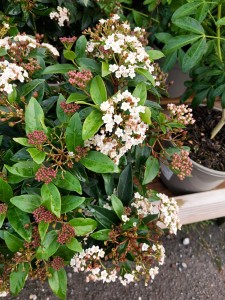
Planting spring bulbs
Spring-blooming bulbs such as daffodils, crocus and hyacinths are ready to plant now the soil has cooled after summer, tulips are often best left to be planted in November.
The soil needs to be well-drained and with access to direct sunlight to make the most out of your spring bulbs. The bulbs must be planted with the top facing upwards to maximise growth (if you’re unsure which end of the bulb is the top, plant them on their side). They should be planted around 3 to 4 times the bulb’s own depth. Once the bulb is in the ground, ensure to break up the surrounding soil so that their are no air spaces. Water deeply right after planting, ensuring the water reaches the depth of the bulb.
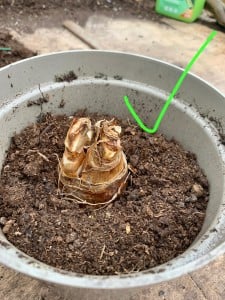
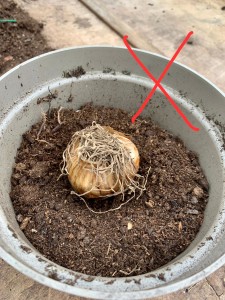
Divide summer-flowering perennials
Dividing your perennials in the Autumn can be a great way of increasing the number of plants you have in order to fill out your garden for the following year. Some examples of plants that work well for dividing are Agapanthus, Delphinium, Salvias and Verbena. If you didn’t get the chance to pick up one of these from us this year, we will have all of these and more in stock in the Spring.
The best way to prevent root damage when lifting and dividing perennials is to use a garden fork to gently lift the plant out starting from the middle and working your way to the outside. Once lifted out of the ground, and depending on the root size and strength, a knife, garden fork or spade may need to be used to pry the plants apart, other perennials are easily separated using your hands to pull apart.
Plant the divisions as soon as possible and water them well, either in the ground, making sure to plant with new compost or soil improver, or in individual pots to build up the plant size in a frost free environment.
Below is a Phlox we had in stock this summer, dividing Phlox should be done when flowering slows in the summer; the general rule for dividing should be done every two to four years for this particular perennial. Wet the ground 24 hours before lifting the plant and use a sharp knife to separate the roots.
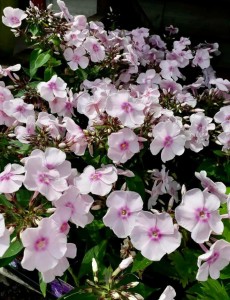
Harvesting Veg
By now, most vegetable plants will be approaching the end of their lives so methods can be used to accelerate the ripening of vegetables on your plant. For example, for tomato plants, removing around 15cm (6 inches) of foliage from the stem of your plant allows the tomatoes to ripen. Another example of a vegetable that should be harvested in September are potatoes. An indication of your potatoes being ready to harvest are when the foliage begins to wilt and the leaves turn brown, do not leave it too long as the potatoes will begin to rot in the soil. To harvest potatoes, gently loosen the ground with a garden fork or spade and remove the tubers by hand.
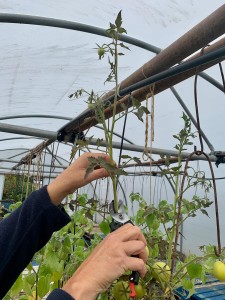
Planting winter flowers and vegetables
Now is the perfect time to make the most of your winter-flowering plants as the still warm soil in our gardens will encourage strong growth in pansies and violas. Onion and garlic bulbs are also ready to be planted around now. See below some of our winter stock.




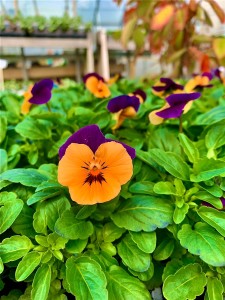
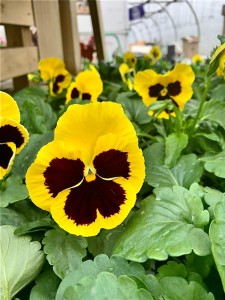
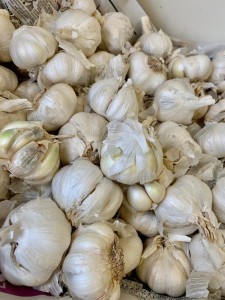


Recent Comments